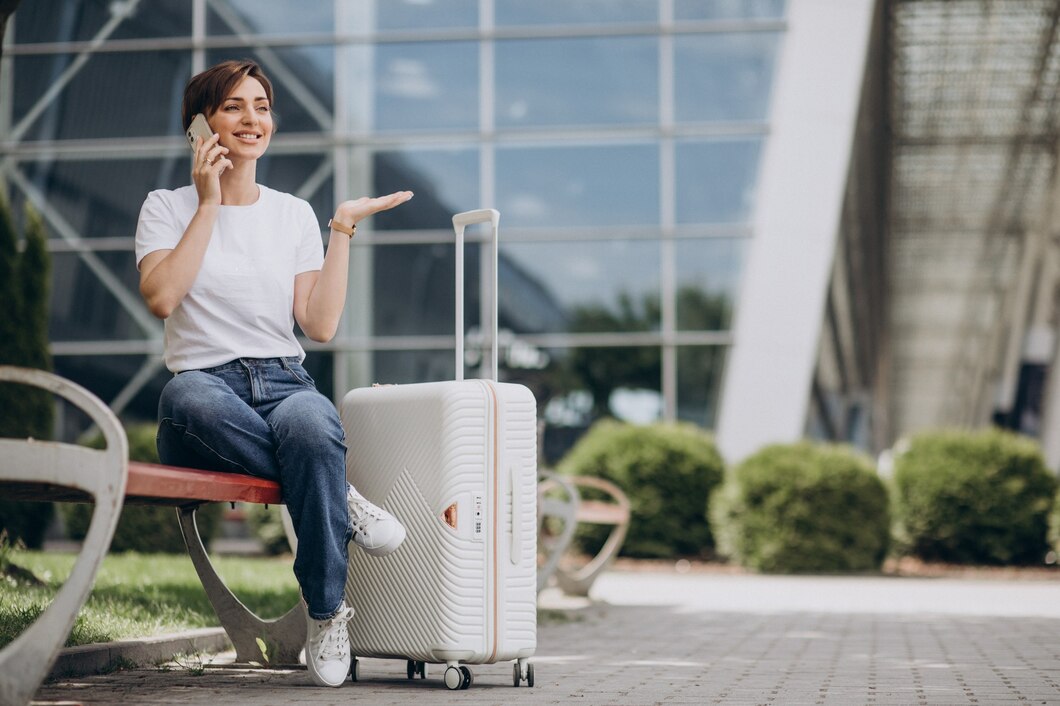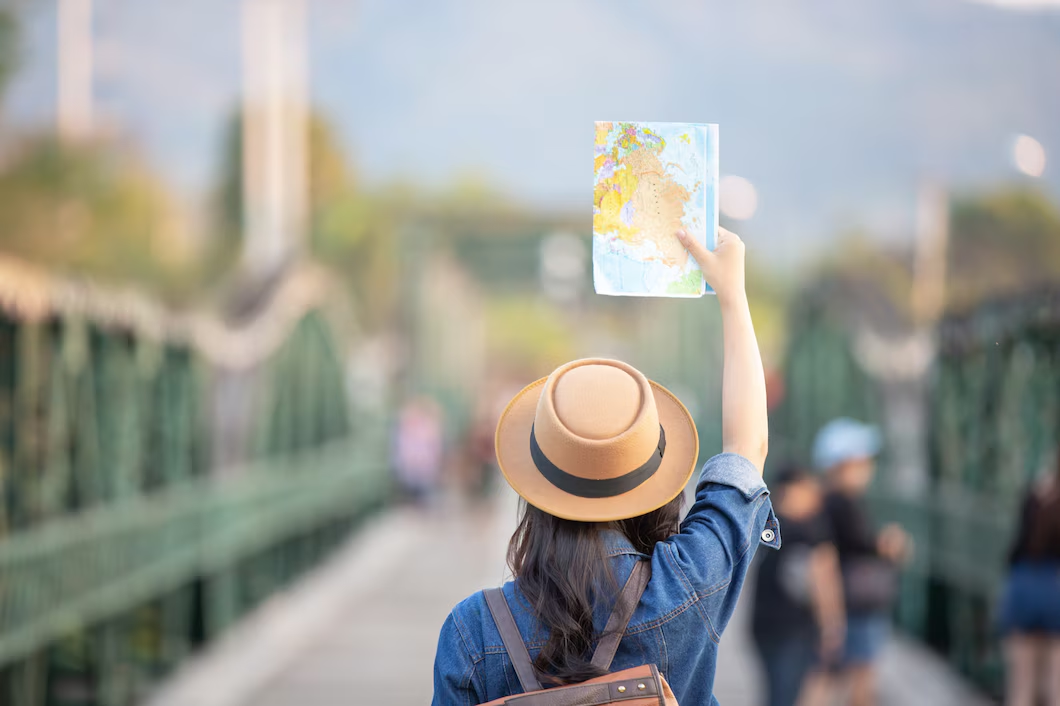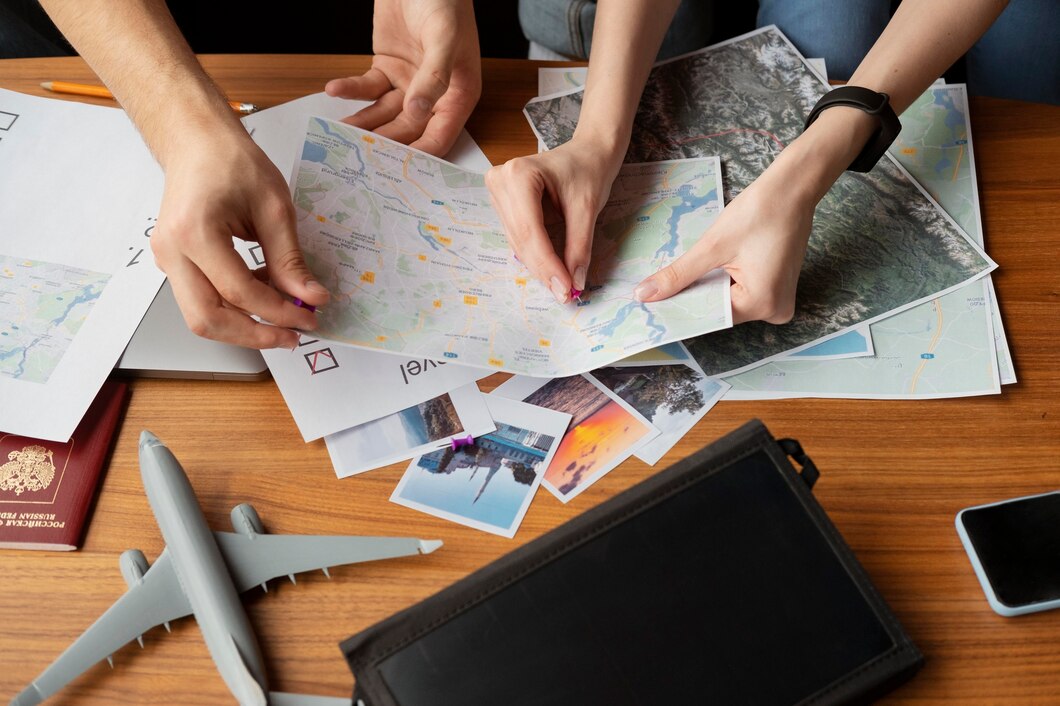The idea of extreme budget travel sounds both thrilling and impossible. But is it really possible to travel the world for just $5 a day? While backpacking on a small budget is achievable, ultra-budget travel—sticking to an extreme limit—requires a whole new level of resourcefulness.
This guide compares backpacking on a shoestring versus truly ultra-budget travel, breaking down expenses, destinations, and essential low-cost travel hacks to help you stretch your money as far as possible.
1. The Difference Between Budget and Ultra-Budget Travel
Budget Backpacking: Affordable Yet Comfortable
Travelling on a budget doesn’t mean sacrificing all comfort. Many backpackers choose budget-friendly options that allow them to experience new places without excessive spending.
- Staying in hostels, budget hotels, or shared Airbnb accommodations.
- Eating at local street food stalls and cheap restaurants.
- Using public transport and budget airlines to move between destinations.
- Spending money on key attractions but prioritising free activities when possible.
- Setting a daily budget of $20-$30 for sustainable long-term travel.
Ultra-Budget Travel: Every Penny Counts
For those who truly embrace extreme budget travel, every dollar spent is carefully considered. Ultra-budget travel means making use of free resources, relying on human kindness, and being willing to forego certain comforts.
- Sleeping in free accommodation options like Couchsurfing, work exchanges, or wild camping.
- Cooking meals or relying on food-sharing initiatives instead of eating out.
- Hitchhiking, cycling, or walking instead of using public transport.
- Completely avoiding paid attractions and focusing solely on free activities.
- Surviving on as little as $5 per day, making travel more about the experience than material comforts.

2. Where Can You Travel for $5 a Day?
While low-cost travel hacks can work anywhere, some destinations are naturally more affordable than others. Here are the best regions for backpacking on a shoestring.
Southeast Asia
- Cheapest Countries: Laos, Cambodia, Indonesia.
- Why It’s Possible: Free temple visits, cheap street food, and budget hostels.
- Example Daily Budget: $2 for food, $2 for accommodation (Couchsurfing or hostels), and $1 for transport.
South America
- Cheapest Countries: Bolivia, Ecuador, Peru.
- Why It’s Possible: Free hiking trails, affordable markets, and wild camping opportunities.
- Example Daily Budget: $3 for food (market stalls), $2 for camping or Couchsurfing.
Eastern Europe
- Cheapest Countries: Ukraine, Georgia, Albania.
- Why It’s Possible: Free museums on certain days, low-cost groceries, and hitchhiking culture.
- Example Daily Budget: $2 for food, $1 for transport (hitchhiking), $2 for accommodation (dorm rooms or Couchsurfing).
India & Nepal
- Why It’s Possible: $1 meals, cheap guesthouses, and free cultural experiences.
- Example Daily Budget: $2 for accommodation, $2 for food, $1 for transport.

3. Accommodation: Free and Ultra-Cheap Options
Finding free or extremely cheap places to sleep is crucial for extreme budget travel.
Best Free Accommodation Options
- Couchsurfing – Stay with locals for free and experience cultural exchange.
- House Sitting – Platforms like Trusted Housesitters offer free stays in exchange for house care.
- Work Exchange – Websites like Workaway or WWOOF provide food and accommodation in return for work.
- Wild Camping – Legal in many countries, especially Scandinavia and Scotland (under the Right to Roam laws).
- Religious Institutions – Monasteries, temples, and churches often provide free shelter for travellers.
Super-Cheap Options
- Hostel Work-for-Stay Programmes – Many hostels offer free stays in exchange for cleaning or reception work.
- Overnight Transport – Taking night buses or trains saves on accommodation.
- Temple Stays – Common in Japan, South Korea, and India for spiritual experiences at a low cost.
4. Food: Eating for Next to Nothing
Ultra-budget travellers need to get creative with food.
Low-Cost Travel Hacks for Eating Cheaply
- Local Markets & Street Food – The cheapest, most authentic meals.
- Supermarket Closeouts – Buy discounted food near closing time.
- Dumpster Diving (Ethically) – In some countries, supermarkets discard perfectly good food.
- Community Meals – Many hostels and Couchsurfing hosts cook for guests.
- Foraging – In rural areas, foraging for fruits, nuts, and edible plants is possible.
Ultra-Budget Meal Examples
- Oatmeal with Bananas (Cost: $0.50)
- Rice and Lentils (Cost: $1)
- Street Food Noodles (Cost: $1.50)

5. Transport: Getting Around Without Spending Money
Ultra-Budget Transport Methods
- Hitchhiking – A popular way to travel for free in Europe, South America, and Asia.
- Cycling – Many long-term travellers cycle across countries with minimal expenses.
- Walking – The cheapest option for city exploration.
- Public Transport Hacks – In some cities, free transport passes are available for volunteers or students.
Best Countries for Hitchhiking
- Safe & Popular: Germany, Canada, New Zealand.
- Easiest to Get Rides: Argentina, Georgia, Turkey.
- Cultural Acceptance: Hitchhiking is common and safe in Eastern Europe and parts of Asia.
6. Free Activities: Exploring Without Spending
Top Free Activities
- Hiking & Nature Walks – National parks, coastal walks, and forest trails.
- Cultural & Religious Sites – Many temples, mosques, and churches are free to enter.
- City Walking Tours – Many cities offer free tours with optional tips.
- Festivals & Events – Check local calendars for free music, food, or cultural festivals.
Conclusion: Is Ultra-Budget Travel Worth It?
Extreme budget travel is possible, but it requires patience, adaptability, and a willingness to step outside your comfort zone. While backpacking on a shoestring allows for some comforts, ultra-budget travel forces you to embrace slow travel, barter, and depend on human kindness.
For those willing to challenge themselves, low-cost travel hacks make seeing the world at $5 a day a reality. Whether you choose budget or ultra-budget travel, adventure awaits—without emptying your wallet.

